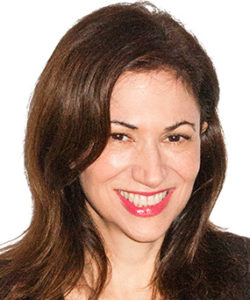Abstract: Twenty-five years ago, in a seminal article in the Harvard Law Review, Judge Leval changed the course of copyright jurisprudence by introducing the concept of “transformativeness” into fair use law. Soon thereafter, the Supreme Court embraced Judge Leval’s new creation, calling the transformative inquiry the “heart of the fair use” doctrine. As Judge Leval conceived it, the purpose of the transformative inquiry was to protect the free speech and creativity interests that fair use should promote by offering greater leeway for creators to build on preexisting works. In short, the transformative standard would ensure that copyright law did not “stifle the very creativity which that law [was] designed to foster.”
This Article shows that the transformative test has not only failed to accomplish this goal; the test itself has begun to “stifle the very creativity which that law was designed to foster.” In the realm of the arts, one of the very areas whose progress copyright law is designed to promote, the transformative standard has become an obstacle to creativity. Artistic expression has emerged as a central fair use battleground in the courts. At the same time that art depends on copying, the transformative test has made the legality of copying in art more uncertain, leaving artists vulnerable to lawsuits under a doctrine that is incoherent and that fundamentally misunderstands the very creative work it governs. The transformative test has failed art. This Article shows why and what to do about it, turning to the art market itself as a possible solution to the failure of the transformative use test.
Citation: Adler, Amy, Fair Use and the Future of Art (August 17, 2016). New York University Law Review, Vol. 91, 2016; NYU School of Law, Public Law Research Paper No. 16-29.
Full paper on SSRN: http://papers.ssrn.com/sol3/papers.cfm?abstract_id=2825076





